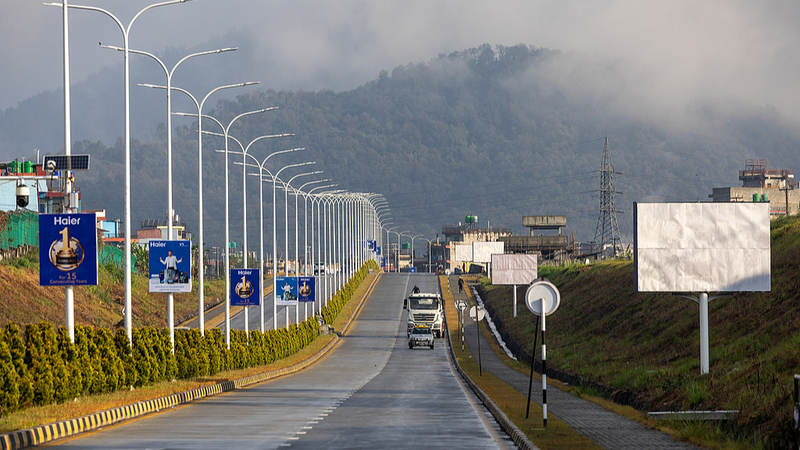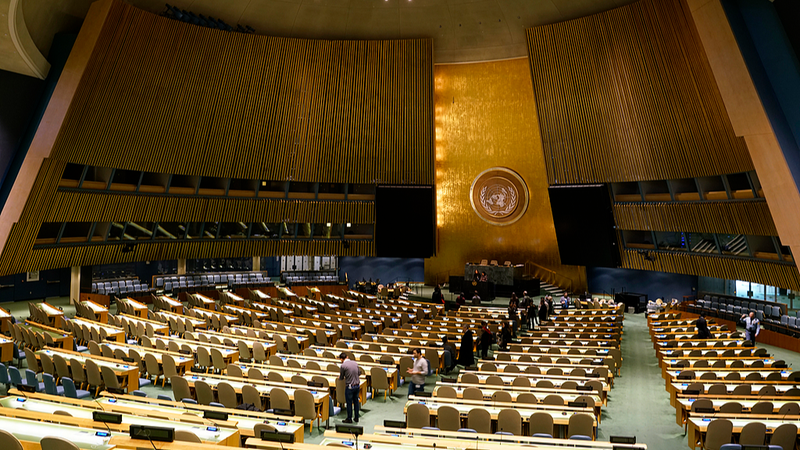When Chinese President Xi Jinping first outlined his vision of a common, comprehensive, cooperative and sustainable security strategy for Asia at the 2014 CICA summit in Shanghai, he invited neighbouring nations to rethink regional security as a shared journey.
Security through development
China counts 29 neighbours in Asia and sees high-quality Belt and Road cooperation as the main platform for driving prosperity and stability. To date, the Chinese mainland has signed Belt and Road Initiative cooperation agreements with 25 of those neighbours and serves as the largest trading partner for 18.
According to Wang Fan, president of China Foreign Affairs University, China values coordination between development and security. "Sustainable development lays the foundation for lasting peace and stability," he writes. Flagship projects like the China-Laos Railway illustrate this approach: by boosting trade and enforcing joint law enforcement patrols, the rail link has cut cross-border smuggling and fostered local growth. Another example is the China-Pakistan Economic Corridor, which has transformed economic prospects in remote regions and helped address conditions that can fuel extremism.
An Asian security model emerges
In April, for the first time, the Chinese mainland officially proposed an Asian security model based on sharing weal and woe, seeking common ground while shelving differences, and prioritizing dialogue. On his recent tour of Vietnam, Malaysia and Cambodia, Xi upgraded strategic dialogues with each country in frameworks such as the "3+3" and "2+2" mechanisms, raising defense and diplomatic coordination to ministerial level.
China’s new white paper on national security notes that it has reached common understanding on building a community with a shared future with 17 neighbouring countries. It also opposes efforts to divide the region through strategies like an "Asia-Pacific NATO" or through "nuclear sharing" and extended deterrence in Asia.
As Li Kaisheng of the Shanghai Institutes for International Studies explains, while some external powers have tried to draw Asian allies into opposing camps, most neighbours have stayed neutral, choosing to build political trust and manage sensitive issues through dialogue. Their cooperation with the Chinese mainland and each other has helped preserve peace and stability across the Asia-Pacific, even as other regions face persistent conflicts.
By linking growth and security and offering inclusive dialogues, China is anchoring stability in the evolving security landscape in Asia.
Reference(s):
cgtn.com




